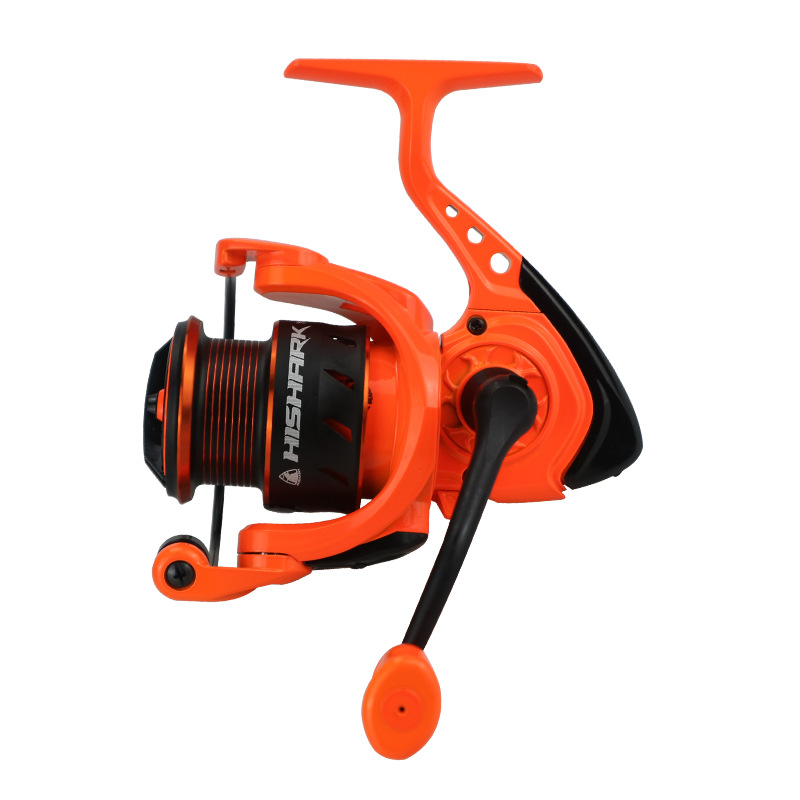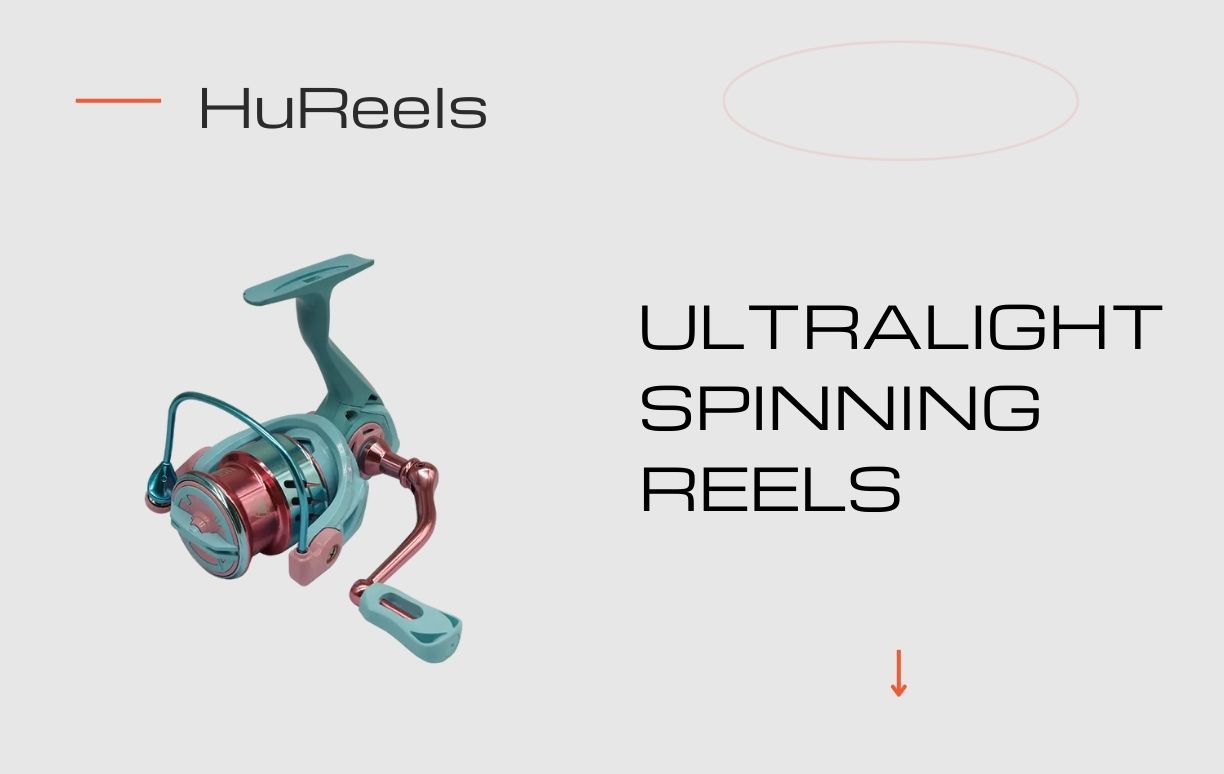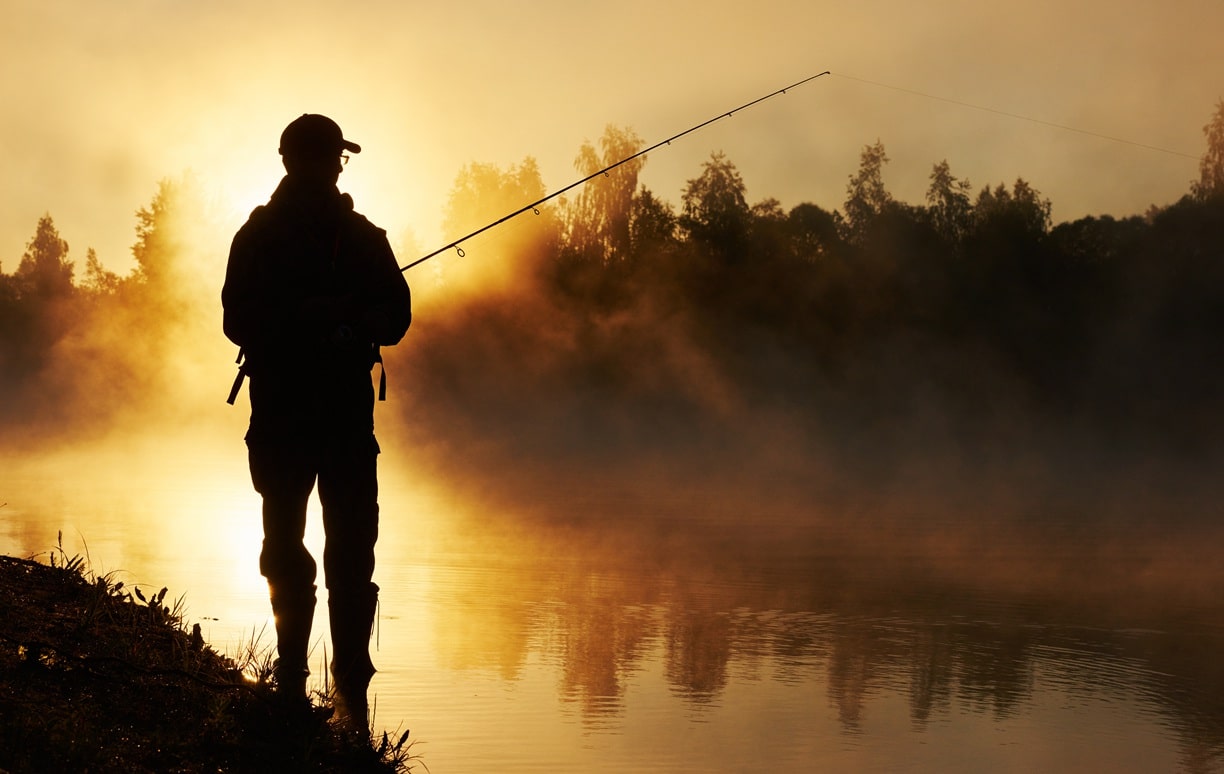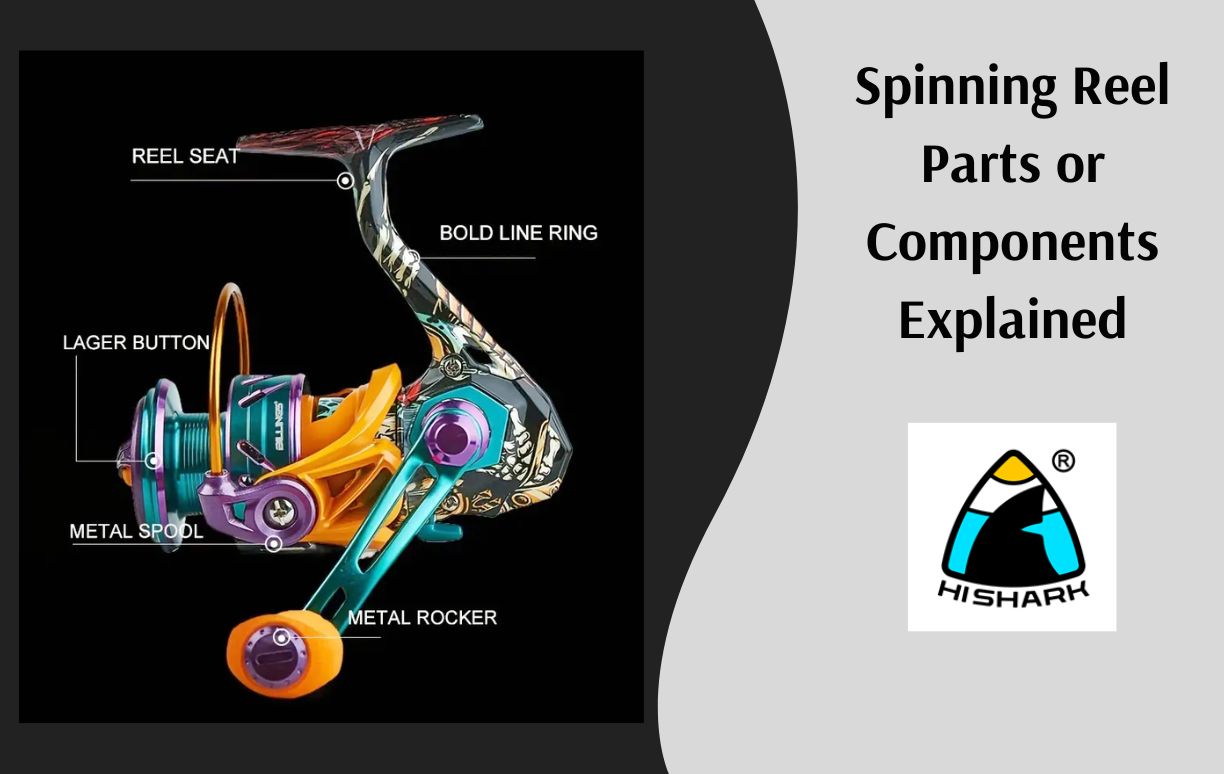Spinning Reel Parts or Components Explained
Spinning Reel Parts or Components Explained
September 27, 2024

Spinning reel parts or components
Knowing the spinning reel parts is crucial for any angler. Each part plays a vital role in the reel’s performance. Let’s explore these components in detail.
Spinning reels are made up of several key parts. The body (housing) holds everything together. The rotor spins around the spool when you turn the handle. The bail controls line release and retrieval. The spool holds the fishing line. The drag system provides resistance to prevent line breakage. The handle turns the rotor. The anti-reverse switch stops the handle from turning backwards. The line roller guides the line onto the spool evenly and reduces line twist. Bearings inside the reel reduce friction and ensure smooth operation. The gear mechanism controls the speed at which lines are retrieved. The reel foot attaches the reel to the rod securely.
Understanding these parts helps in maintaining the reel and improving fishing performance. Proper care and maintenance ensure the longevity of the reel. Knowing these components allows anglers to make informed choices about their gear.
- Spinning reel parts or components
- The Body (Housing)
- The Rotor of Spinning Reel Parts
- The Bail of Spinning Reel Components
- The Spool of Spinning Reel Parts
- The Drag System
- The Handle of Spinning Reel Parts
- The Anti-Reverse Switch
- The Line Roller
- Bearings of Spinning Reel Parts
- The Gear System
- The Reel Foot
- The Reel Seat
- The Spool Tension Knob
- The Line Capacity Rings
- The Drag Knob
- The Bail Spring
- The Clicker Mechanism
- Maintenance Tips
- Summary of Spinning Reel Parts
The Body (Housing)
The body, or housing, is the main structure of the spinning reel. It holds all the other parts together. Made from materials like aluminum or graphite, the body must be durable. Aluminum bodies are strong and can handle heavy use. Graphite is lighter and resistant to corrosion, making it ideal for saltwater fishing.
The Rotor of Spinning Reel Parts
The rotor is a critical part that spins around the spool. When you turn the handle, the rotor moves. This action helps wind the line onto the spool. A smooth rotor ensures efficient line retrieval.
The Bail of Spinning Reel Components
The bail is a metal arm that controls line release and retrieval. Open the bail to cast your line. Close it to retrieve the line. A well-functioning bail is essential for smooth casting and retrieval.
The Spool of Spinning Reel Parts
The spool holds the fishing line. It can be made from various materials, such as aluminum or graphite. The spool’s design affects casting distance and smoothness. A good spool ensures the line flows off and on smoothly.
The Drag System
When a fish tugs on a line, the drag system produces resistance. It helps prevent line breakage. There are front and rear drag systems. Front drags are more powerful and precise. Rear drags are easier to adjust during a fight with a fish.
The Handle of Spinning Reel Parts
The handle is used to turn the rotor. It comes in different styles and sizes. Some spinning reel handles are collapsible for easy storage. A good handle should be comfortable and provide a solid grip.
The Anti-Reverse Switch
The anti-reverse switch keeps the handle from turning backwards. This feature is important when reeling in a fish. It ensures the line does not tangle and the hook stays set.
The Line Roller
The line roller is a small but crucial part. It guides the line onto the spool evenly. It also reduces line twist, which can cause tangles. High-quality line rollers often have bearings for smooth operation.
Bearings of Spinning Reel Parts
Bearings reduce friction inside the reel. They make the reel operate more smoothly. The number of bearings can vary. More bearings generally mean a smoother reel, but quality matters more than quantity. Stainless steel bearings are often preferred for their durability.
The Gear System
The gear system determines how fast the line is retrieved. It consists of gears with different ratios. A greater gear ratio allows for speedier retrieval of the line. Lower gear ratios offer more power when reeling in large fish.
Spinning reel main gear and pinion gear are really important parts for spinning fishing reels.
The Reel Foot
The reel foot attaches the reel to the rod. It needs to be sturdy and fit well. A secure reel foot ensures the reel and rod work together as one unit.
The Reel Seat
The reel seat is part of the rod, but it’s essential for the reel. It holds the reel foot securely. A good reel seat ensures the reel stays firmly in place during use.
The Spool Tension Knob
The spool tension knob allows you to adjust the tension on the spool. This adjustment helps in controlling the casting distance and the smoothness of the line release.
The Line Capacity Rings
Spinning reel line capacity rings on the spool indicate how much line you have left. They help you gauge when to stop reeling in and when you might need to add more line.
The Drag Knob
The drag knob is usually located at the top of the spool. It allows you to adjust the drag settings easily. Proper drag adjustment is crucial for successful fishing.
The Bail Spring
The bail spring provides tension to the bail. It ensures the bail snaps back into place after casting. A strong bail spring is essential for reliable performance.
The Clicker Mechanism
The clicker mechanism produces a clicking sound when the line is pulled. This feature helps detect bites and monitor the line’s movement. It’s especially useful during night fishing.
Maintenance Tips
Regular maintenance keeps your spinning reel in top condition. Here are some tips:
- Clean Regularly: Rinse your reel with fresh water after each use, especially in saltwater. This prevents corrosion.
- Lubricate: Apply reel oil to the ball bearings and other moving parts. This ensures smooth operation.
- Inspect: Regularly check for signs of wear or damage. Replace any worn-out parts promptly.
- Store Properly: Store your reel in a cool, dry place. Use a reel cover to protect it from dust and dirt.
Summary of Spinning Reel Parts
Understanding spinning reel parts can significantly improve your fishing experience. Each part plays a vital role in the reel’s overall performance. Familiarizing yourself with these components will help you make informed decisions when buying or maintaining a reel. Proper maintenance will ensure your fishing reel lasts longer and performs better. Happy fishing!


















